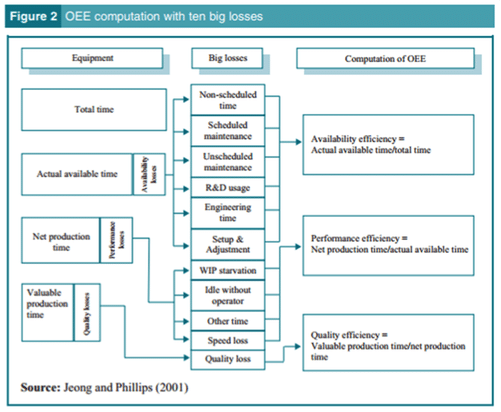Bottom line: Manufacturing strategies aimed at producing customizable, complex products deliver greater gross margins, yet often carry the costs of greater process and system integration and inordinate amounts of time coordinating suppliers, quality, and production.
Complex manufacturers are eager to keep their production centers operating at a high utilization rate, taking on increasingly complex, customized projects and limited production run products. Blending make-to-stock, assemble-to-order, build-to-order, configure-to-order and engineer-to-order in the same production centers often place heavy constraints on manufacturing execution systems (MES), ERP and SCM systems as well.
Manufacturers are overcoming these challenges by relying on MES software systems to streamline and simplify complex workflows while increasing collaboration and delivering higher-quality products. Of the many strategies manufacturers are using to attain these results, the following five are the most common among the world’s leading manufacturers including General Electric, Hewlett-Packard, Toyota and others are using to improve MES performance in their manufacturing centers:
• Reducing manufacturing cycle time by creating greater levels of collaboration and shared knowledge from the plant floor to supplier management, quality management, project management and MRO systems.
MESA International reports that 66% of manufacturers reported a reduction in manufacturing cycle time of 45% or more when greater levels of collaboration and knowledge sharing were implemented (Johnson, 2011). This is commonplace in Toyota Production Center (TPS) operations where the experience effect of sharing knowledge accelerates supplier quality management and compliance quickly across manual and automated systems. The key take-away is that by re-architecting MES workflows manually first and then automating them leads to lasting, significant change to manufacturing performance over time.
• Automating work instruction assignments by machine type and periodically auditing their effectiveness by indexing production quality to results.
Advanced quality management systems can report back the contribution to quality each machine or production center is making over time. Having this data is critically important for defining custom work instructions for build-to-order, configure-to-order and engineer-to-order products. A well-organized manufacturing execution system will be able to manage these work instructions and provide a streamlined approach to applying them to customized product orders.
• Using 3D modeling to improve work instruction accuracy and reliability while enabling greater scalability of production operations globally.
Having 3D models embedded in work instructions leads to greater accuracy in production and less confusion during complex engineer-to-order production cycles. Many complex manufacturers who are growing increasingly reliant on engineer-to-order products are quickly adopting 3D modeling to further streamline production workflows for customized products.
• Choosing to make manufacturing intelligence and analytics a core layer of the enterprise computing platform so that metrics and key performance indicators (KPIs) break down silos and drive up quality.
Using a manufacturing execution system to scale product and process quality data into the foundation of a complete manufacturing intelligence and analytics reporting platform is proving to be very effective in managing mixed mode manufacturing environments. The highest performing complex manufacturers are quickly scaling plant-level performance including quality performance into a broader, more strategic manufacturing intelligence and analytics reporting system. The result is greater visibility throughout the entire manufacturing value chain.
• Resisting the tendency to make Overall Equipment Effectiveness (OEE) a siloed metric, high performing complex manufacturers use it as a basis to drive quality management deep into the DNA of their company.
OEE needs to be seen more from a business strategy standpoint and less from the shop-floor centric, often siloed view it is often communicated as. High performing complex manufacturers are cautious about using OEE as a myopic metric and instead link it to strategic initiatives.
Source: (Mathur, Dangayach, Mittal, Sharma, 2011)
Sources:
Elliott, R., M.S.I.E., & Pouraghabagher, R.,PhD.C.P.I.M. (2013). Manufacturing Execution System (MES): An examination of implementation strategy (presentation). IIE Annual Conference.Proceedings, 1-56.
Johnson, F. K. (2011). Future of manufacturing execution systems: The brave new modular world of manufacturing intelligence. Review of Management, 1(1), 4-14.
Mathur, A., Dangayach, G. S., Mittal, M. L., & Sharma, M. K. (2011). Performance measurement in automated manufacturing. Measuring Business Excellence, 15(1), 77-91.
